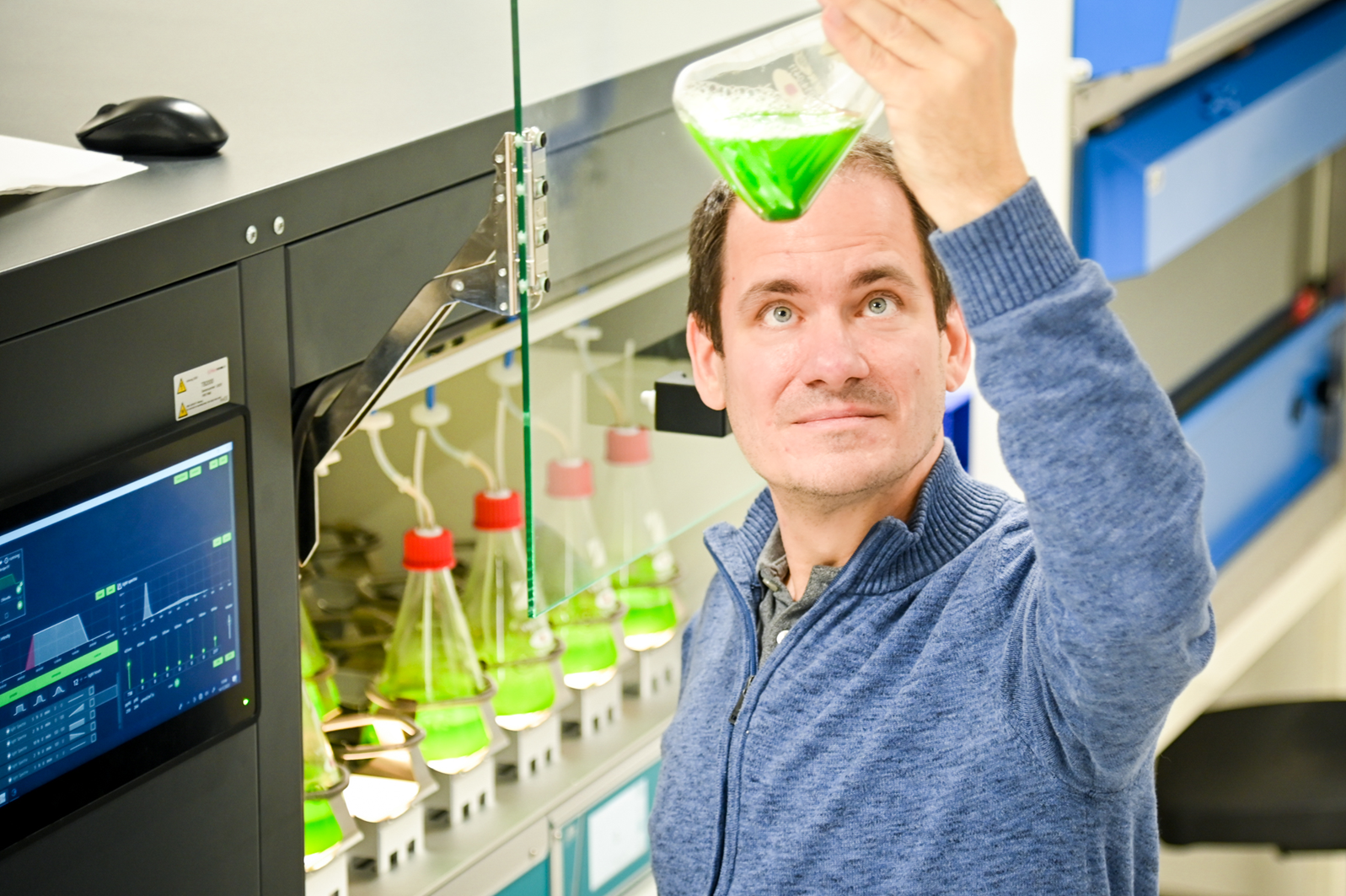BioStimVine - Increase the resilience of vine plants to climate stress with biostimulants
Ingénierie et Architecture

Due to global warming, agricultural production systems are exposed to increasing abiotic stresses, which threaten an economically and environmentally sustainable food production. The grapevine (Vitis vinifera), as one of the most important fruit crops worldwide, is particularly exposed to a multitude of abiotic stresses.
Innovative environmentally friendly solutions are needed to cope with climate-related risks and to reduce the use of high amounts of synthetic agrochemicals. A promising solution to foster sustainable viticulture involves the use of biostimulants. This strategy, however, is still little adopted by the industry due to the scarce number of reproducible effects observed in published studies as well as the lack of fundamental knowledge about their mode of action.
Biostimulants are substances, which have positive effects on plant physiology, improving vine performance, grape quality, and stress resilience. A promising class of biostimulants are protein hydrolysates (PH). However, their exact mechanisms of action and the optimal treatment conditions are mostly unclear so far. Yet, reported phenotypic effects on grape quality and vine physiology are convincing. A more fundamental knowledge of the molecular mode of action of PHs on plant physiology would promote their usage and help to develop sustainable, environmental-friendly agronomic strategies to cope with global warming and reduce agrochemicals. The project aims to better understand the mode of action of PHs on plant physiology and their role in increasing temperature stress tolerance. The focus lies on the physiological and molecular mechanisms that are triggered by PHs applications in two different model species under precisely controlled ambient and temperature stress conditions. The influence on transcriptomic and physiological changes of PHs application in combination with temperature stress will be tested in algae and Microvine models to identify genes, gene patterns, and metabolic pathways involved in stress tolerance and biostimulation.
First, several PHs will be produced by enzymatic hydrolysis and their chemical composition will be precisely characterized. Whey, a by-product from cheese production, will serve as a protein source. Whey will thereby be recycled and led back into the food chain.
Secondly, a high throughput model based on eukaryotic algae (single-cell plants) will be established for a quick and cheap screening of large numbers of protein hydrolysates. The most promising PH will be selected for trials with the Microvine model, under climate chamber conditions. Microvine (Pinot Meunier) is a small-sized vine mutant, used as a model in grapevine research, which can be grown under well-defined conditions in climate chambers. The idea of algae to simulate plant reactions is attractive due to intriguing response consistency compared to multi-cell vegetal organisms.
This study will deepen our understanding of the activity and the mechanisms of action of PH biostimulants. This will provide important information for growers and promote the use of environmentally friendly strategies to anticipate global warming. Moreover, the convenient algae model will be of value in future projects.